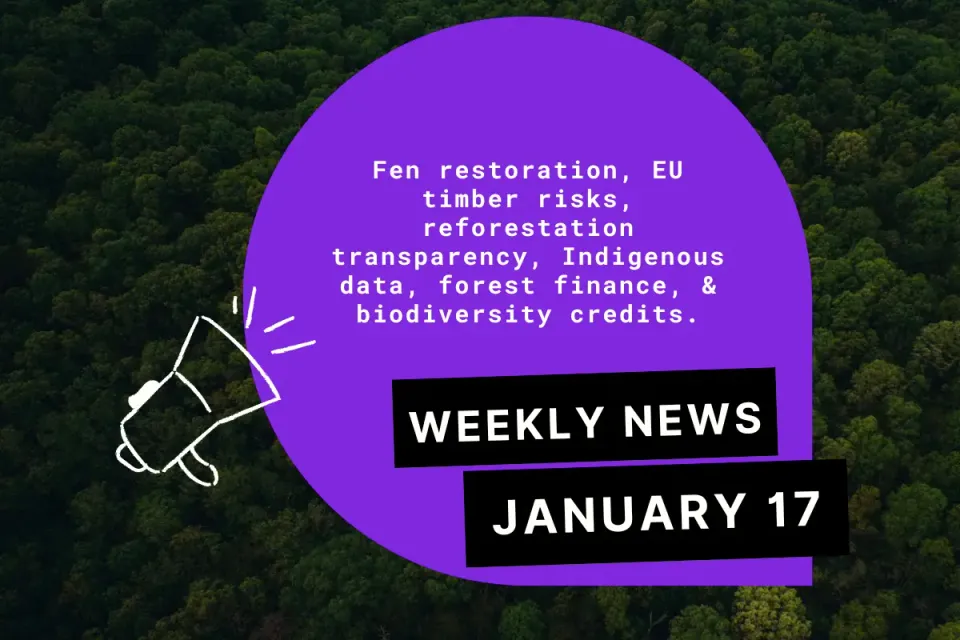COP 16: Thai Fishing Community Pleads for Conservation Funding
While governments discuss funds to protect biodiversity, indigenous and local communities point out their proven conservation work needs to be eligible for grants
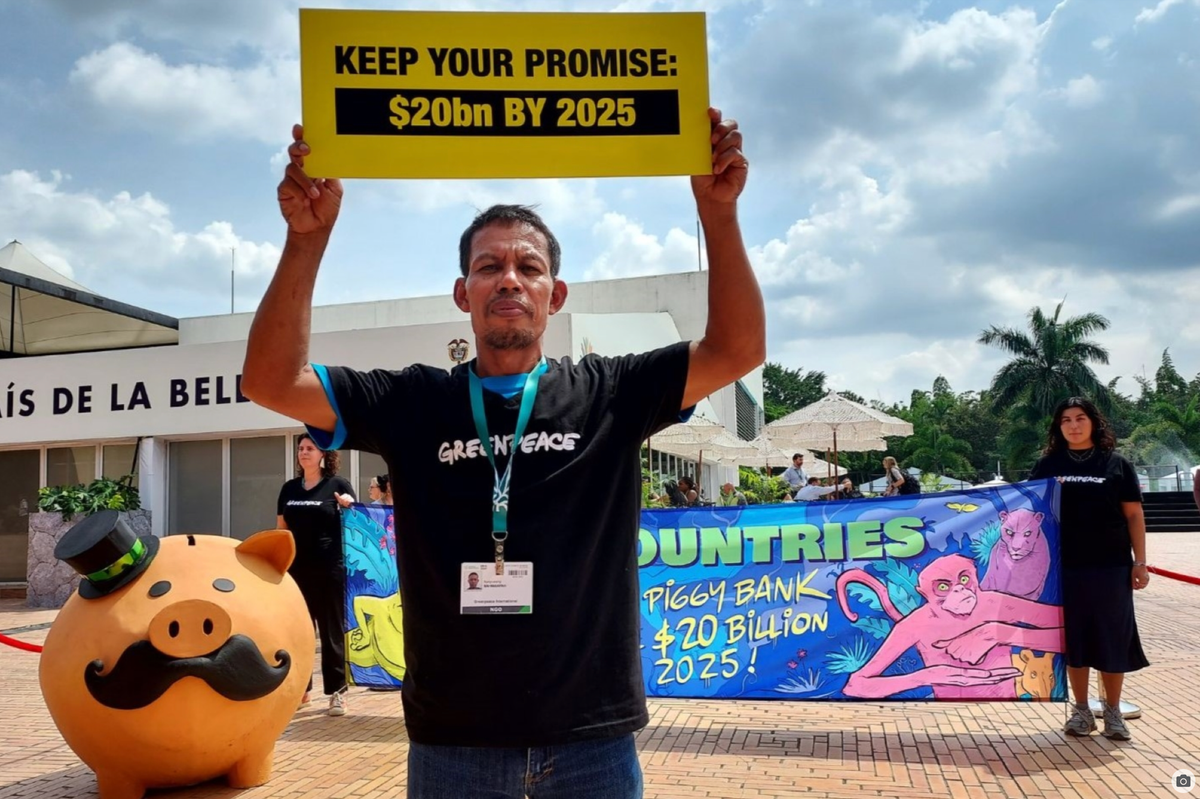
This article by Paritta Wangkiat originally appeared in Mekong Eye.
CALI, COLOMBIA – Community representatives from a fishing village in southern Thailand have traveled to COP16 to urge developed nations to mobilize a biodiversity fund, hoping to empower indigenous people and local communities to scale up their conservation efforts.
In the bustling crowd of international visitors at the COP16 venue, Rungrueang Rahmanyah, a fisherman from a small community called Suan Kong on the fringe of the Gulf of Thailand, held a sign that read: ‘Keep your promise: $20 billion by 2025.’
“We need the funds to restore the sea in front of our homes. The fund will help us expand our conservation work and ensure our sustainable livelihoods,” he said.
Supported by Greenpeace, he traveled halfway around the world to observe government representatives discussing the implementation of the Kunming-Montreal Global Biodiversity Framework (GBF) – adopted by 196 countries in 2022 with 23 targets to halt and reverse nature loss by 2030.
The framework is part of the Convention on Biological Diversity (CBD) , an international legal instrument aimed at conserving biological diversity, ensuring the sustainable use of its components and promoting the fair and equitable sharing of benefits from genetic resource utilization.
One GBF target calls for wealthy nations to mobilize at least US$20 billion by 2025 for developing and small island nations to support biodiversity protection. However, only 1.25% of this amount has been met, with only a two-month window remaining for developed nations to pledge their financial support.
Additionally, all sectors have been urged to mobilize another $200 billion annually by 2030 to fund activities under the framework.
As COP16, or the 16th Conference of the Parties of CBD, entered its second week of negotiations, heated debates arose over the finance text discussions. Developed nations prefer to use existing banking mechanisms to fund the Global South, while developing nations advocate for a new mechanism that avoids increasing their debt burden.
Also left largely unconcluded was how this funding would adequately and directly reach indigenous people and local communities, who play a vital role in protecting and restoring biodiversity yet lack the resources to expand their efforts.
Since 1993, fishing and community members in Suan Kong in the Chana district of Thailand’s Songkhla province have spearheaded conservation initiatives, often funding them out of their own pockets.
Their efforts include organizing community meetings and networks to establish a ban on destructive fishing gear along the three-kilometer coastline in front of their homes.
They have also continued to install fish houses in the water, using local materials like coconut leaves and bamboo to provide shelter for marine animals, and have established two crab breeding centers to raise juvenile crabs before releasing them into the sea.
“These activities serve both conservation purposes and help maintain local livelihoods, as most community members rely on the sea for income and food security,” Rungrueang said. “Now, we don’t need to take our fishing boats far from the coast anymore.”
Similar conservation efforts are underway in nine other fishing communities along the 60-kilometer coastline of Chana and its neighboring district, Thepa.
“We want to see conservation efforts extend along the entire coastline. But we, along with many other fishing communities, can’t make that happen with our limited financial resources and inaccessible funds,” he said.
More funds for local research
According to the local community’s biodiversity survey, more than 172 marine animal species – from mackerel and banana shrimp to horse crab – have been found in the waters off Suan Kong.
Forty-six species of high ecological value, including the vulnerable-status Indo-Pacific humpback dolphin, blacktip reef shark and sea turtle, also inhabit the area.
This vibrancy of marine life, along with long-term local conservation efforts, has sustained jobs for nearly 1,400 people in the fisheries sector, from fishing and fish processing to selling.
In addition to protecting the sea, Suan Kong residents have partnered with land-based communities to protect and restore mangrove forests and freshwater canals, creating a complex ecosystem that provides habitats for various species and supports food sources and traditional farming.
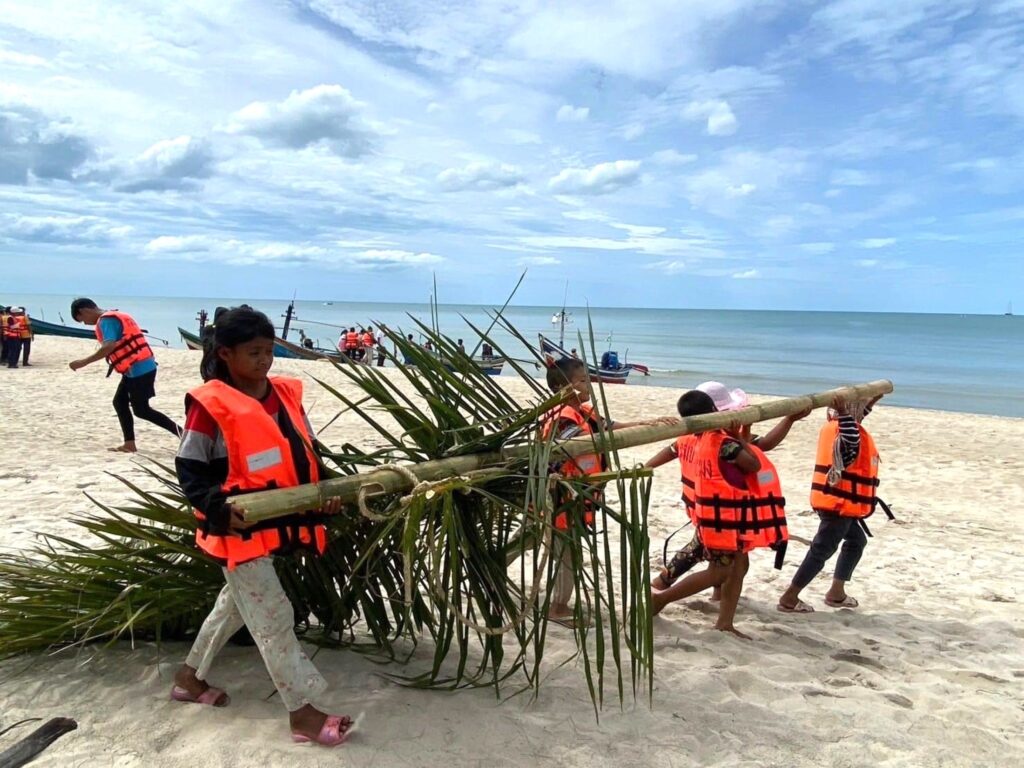
In early 2009, the Thai government revealed plans to build a deep-sea port at Suan Kong as part of an effort to establish Thailand as a regional marine logistics hub. The port would include new infrastructure, such as warehouses, gas and oil pipelines and a railway connecting the port to Thailand’s western Andaman Sea coast.
However, this project has faced fierce opposition from the local community, delaying its launch to this day.
In the absence of the deep-sea port project, which remains pending, Suan Kong communities started collecting biodiversity data to persuade the government and project developers to abandon the plan permanently.
“We are convincing them with science. If the biodiversity here disappears, it will disrupt the ecosystem and the fishery sector, which is like a ‘rice bowl’ for us,” said Wannisa Junhom, a key community member working on data collection.
“We need more financial resources for research, which is crucial for biodiversity protection.”
Speaking from COP16, she emphasized that the local community’s conservation efforts go beyond preserving the environment.
“These efforts create value for the local community. They can lead to sustainable seafood production, tourism development and upskilling young people, inspiring them to protect natural resources.”
Wannisa has collaborated with youth and women’s groups in Suan Kong to raise awareness about conservation and train them in new skills, such as creating printed art from fish and becoming facilitators who can host conservation learning classes for visitors – providing them with additional income.
Taking part in OECMs
The Suan Kong community has expressed an interest in participating in Other Effective Area-Based Conservation Measures (OECMs), which are defined by the International Union for Conservation of Nature (IUCN) as “areas that are achieving the long-term and effective in-situ conservation of biodiversity outside of protected areas.”
OECMs are a tool proposed under the Convention on Biological Diversity to expand conservation areas as part of the Global Biodiversity Framework’s Target 3, aimed at conserving at least 30% of land, water and sea – known as the 30×30 target.
OECMs present an alternative to traditional protected areas, such as national parks and wildlife sanctuaries, which often take years to declare due to national laws and lengthy consultation processes.
According to the IUCN, which sets guidelines for OECMs, eligible areas must meet four criteria: they must not be traditional protected areas; they must be governed and managed; they must contribute long-term and effective support to biodiversity conservation; and they must help preserve ecosystem functions and services, as well as cultural, spiritual, socioeconomic and other locally relevant values.
The Thai government is actively exploring OECMs to address the gap in conservation coverage on both land and water, which now make up 21% and 5% of its territory, respectively.
It is working on a national framework and hopes to initiate OECM registration next year, allowing local communities to propose their conservation areas.
“We hope we will qualify as an OECM, as we have gathered data and monitored biodiversity in our area, and we believe we can meet the criteria,” said Wannisa.
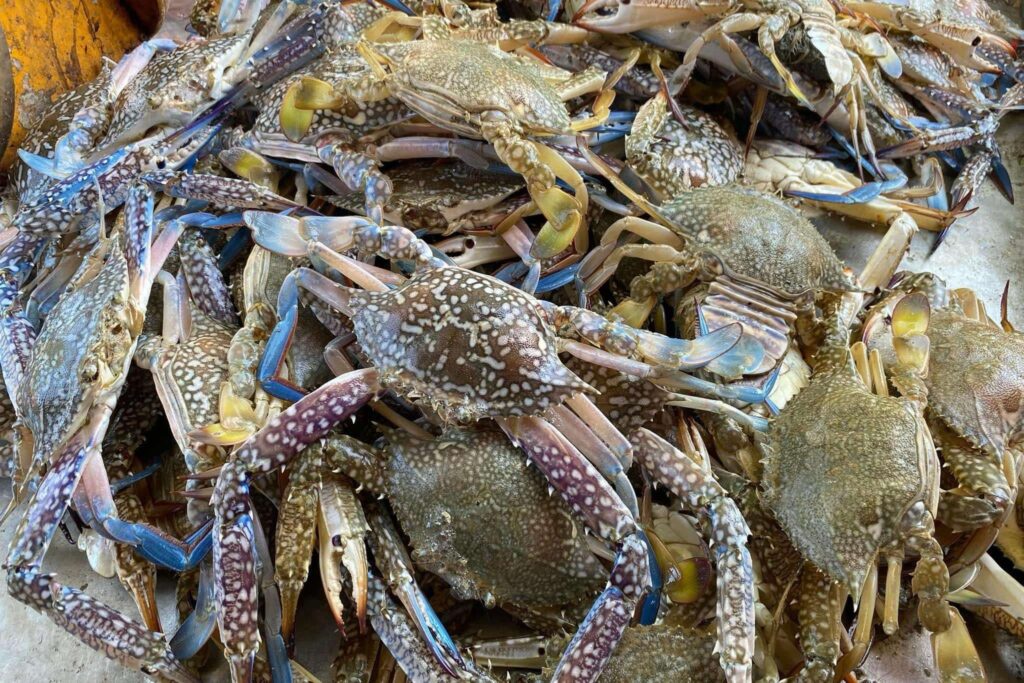
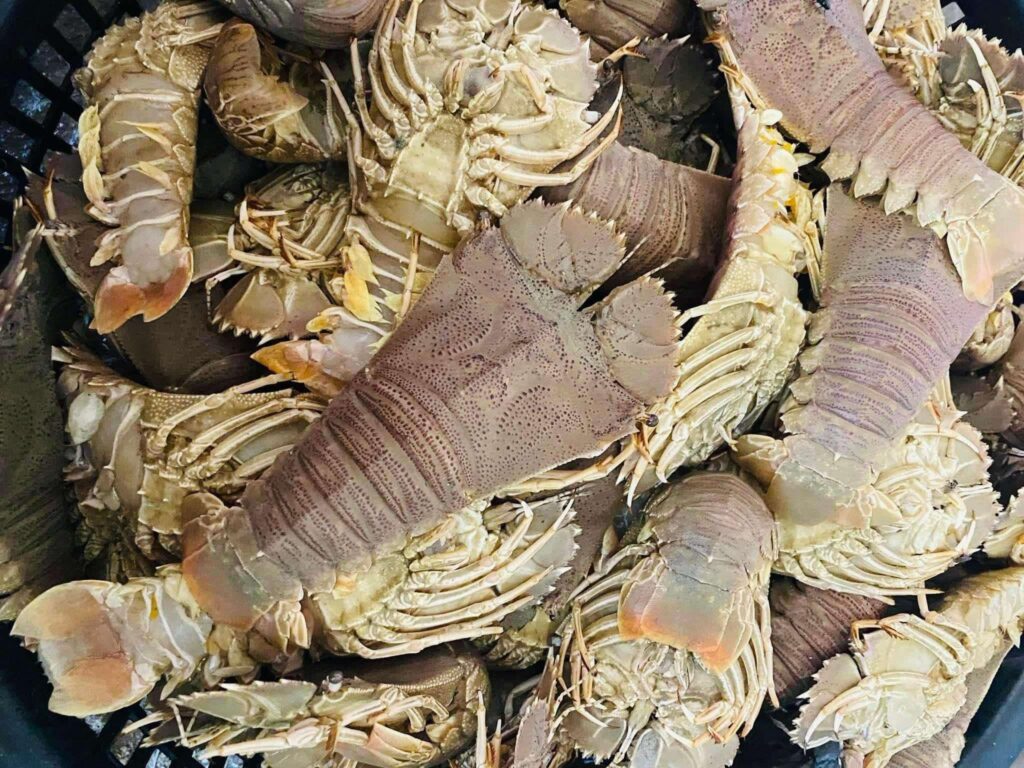
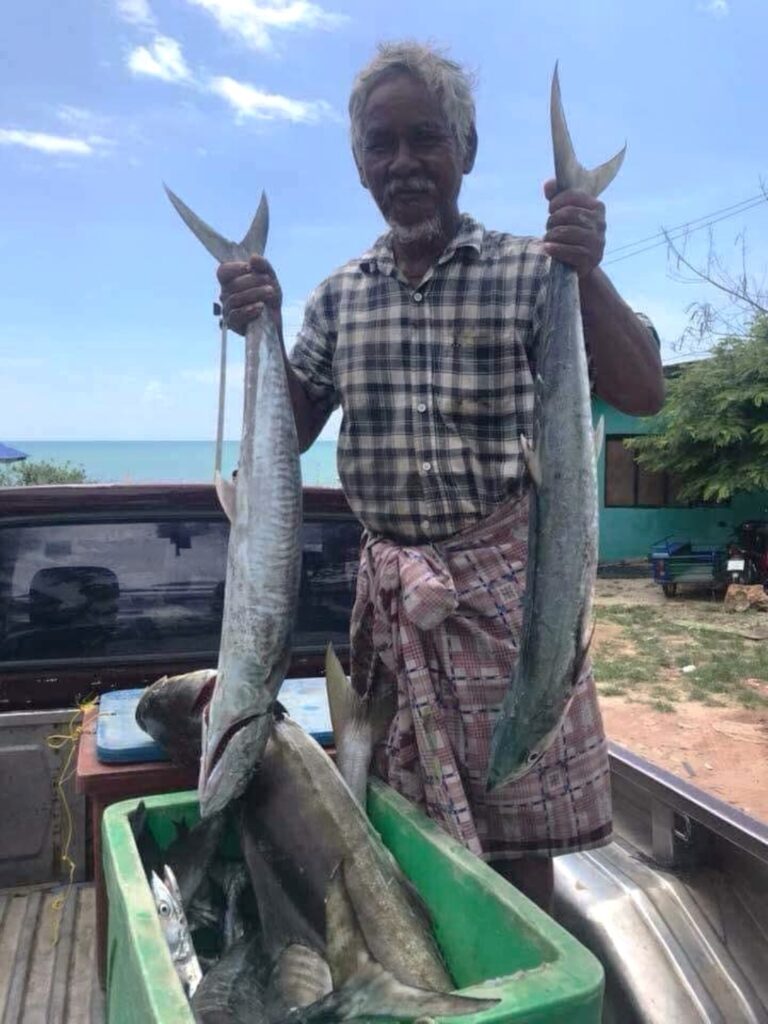
Nichanan Tanthanawit, the project lead for Greenpeace’s Ocean Justice Campaign, agreed and emphasized the unique strengths of communities, especially their capacity to collect data on biodiversity value.
She highlighted the need for mechanisms that allow community involvement in decision-making processes for establishing OECMs and for directing funds to those who need them most – indigenous people and local communities on the ground.
“OECMs offer an opportunity for local conservation efforts to gain global recognition. They also connect local and global conservation efforts. The seas are all interconnected; fish don’t just swim in confined spaces,” she said.
This story was produced as part of the 2024 CBD COP16 Fellowship organized by the Internews’ Earth Journalism Network.
License
Wangkiat, Paritta. "COP16: Thai Fishing Community Pleads for Conservation Funding." Mekong Eye, 29 October 2024, 22:12. Republished under a Creative Commons license with minor formatting changes.


